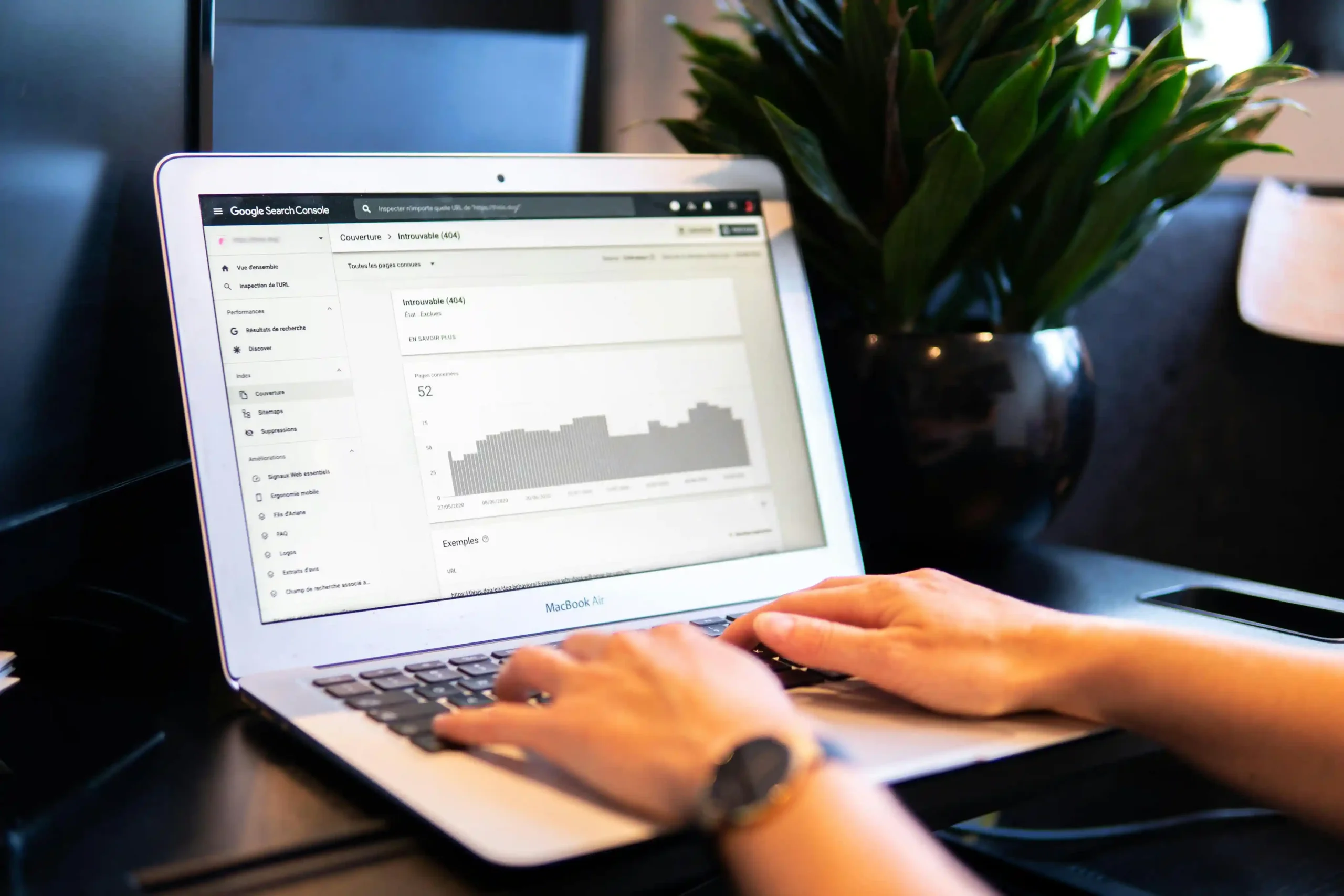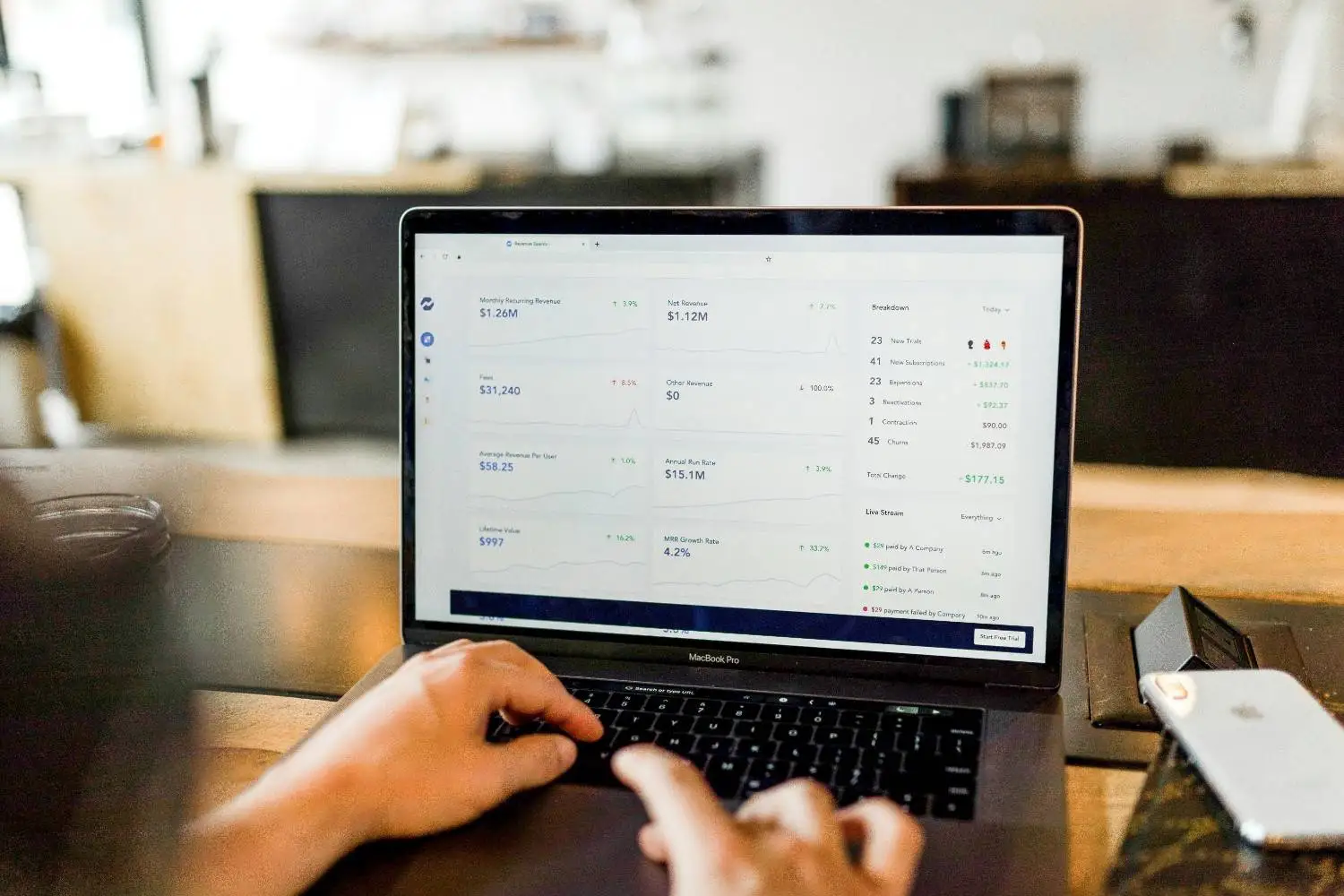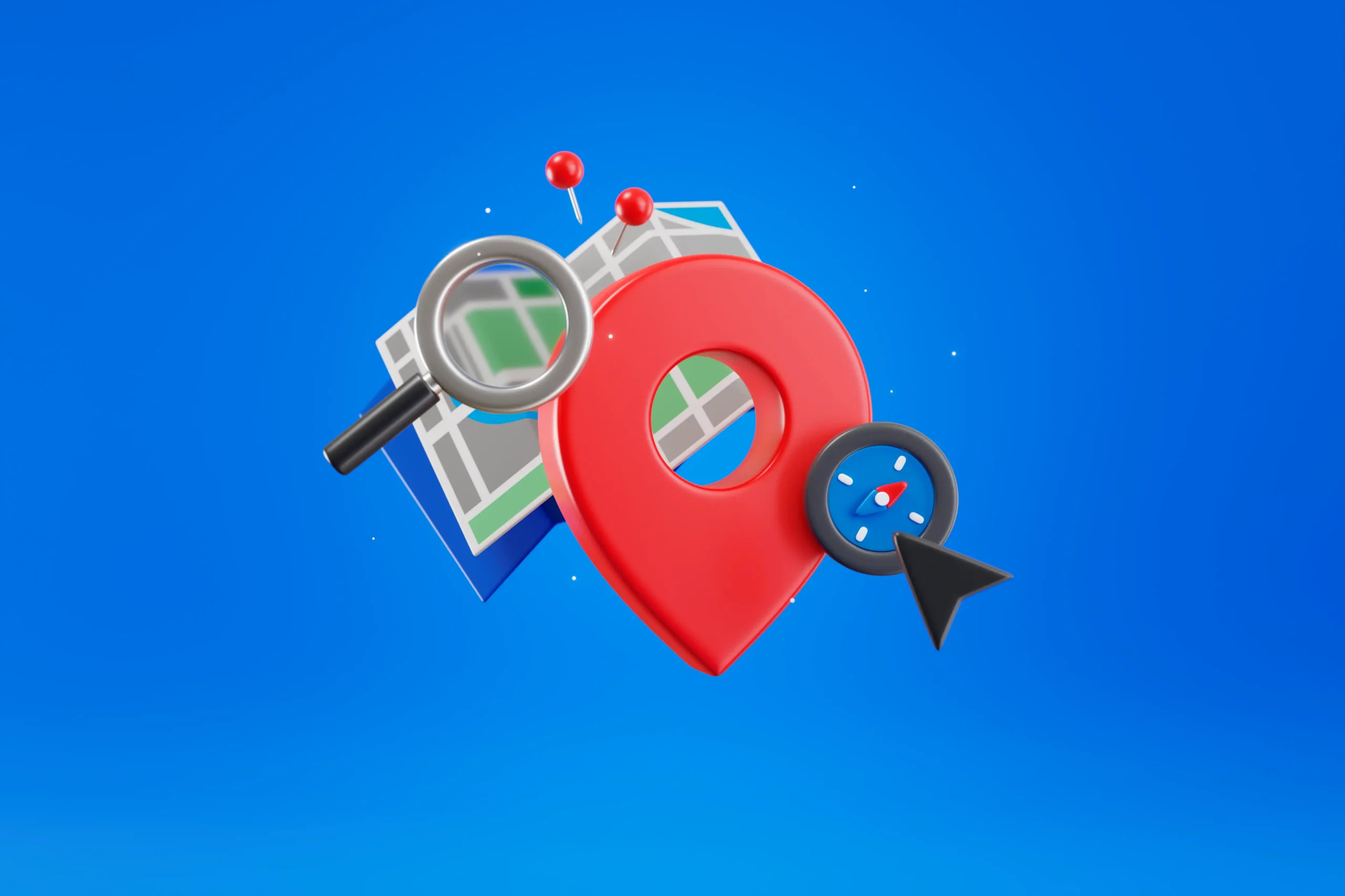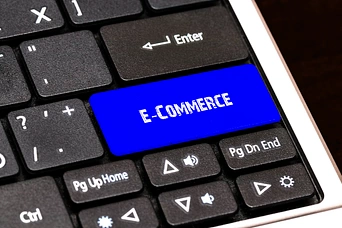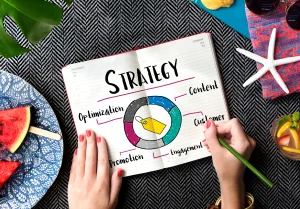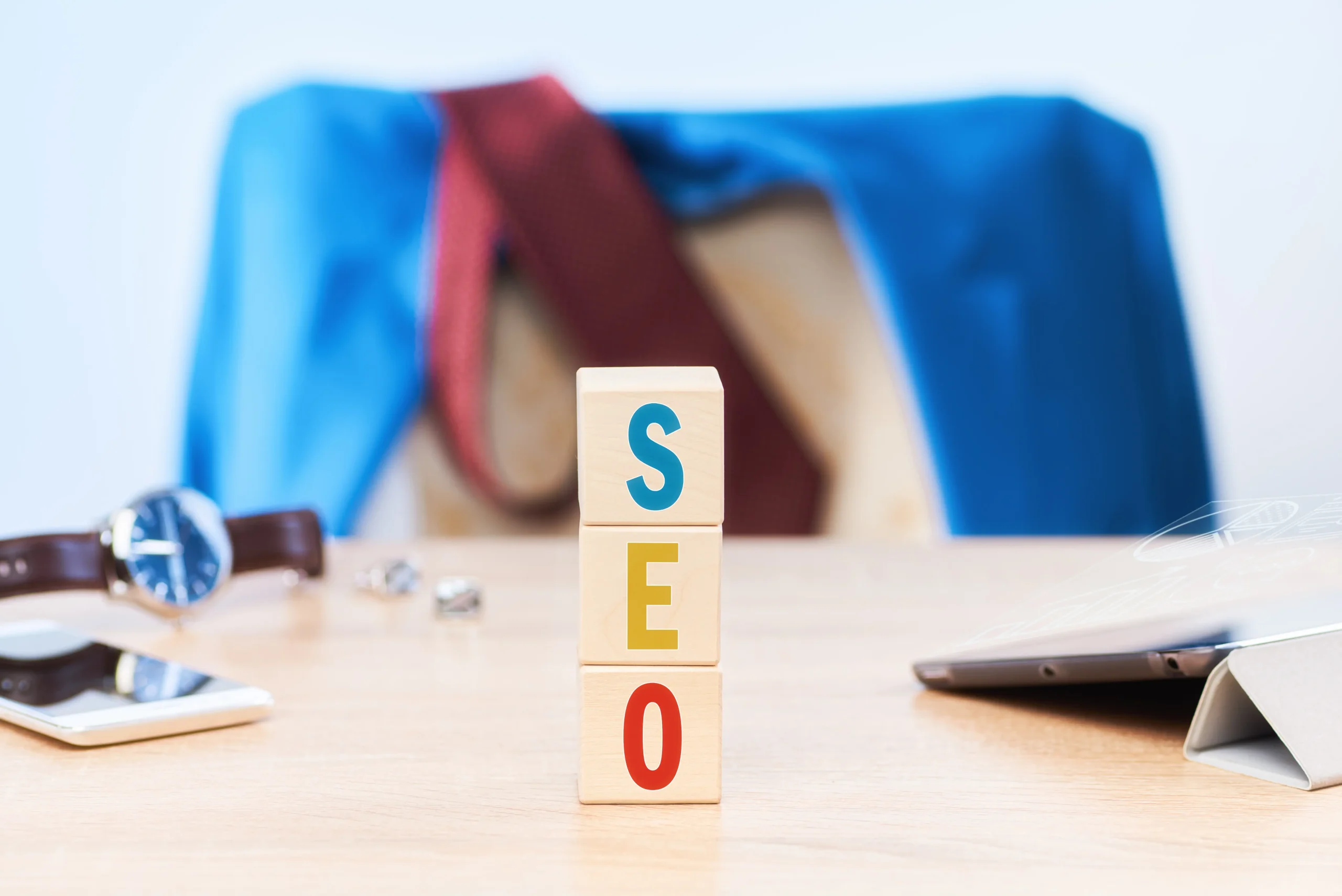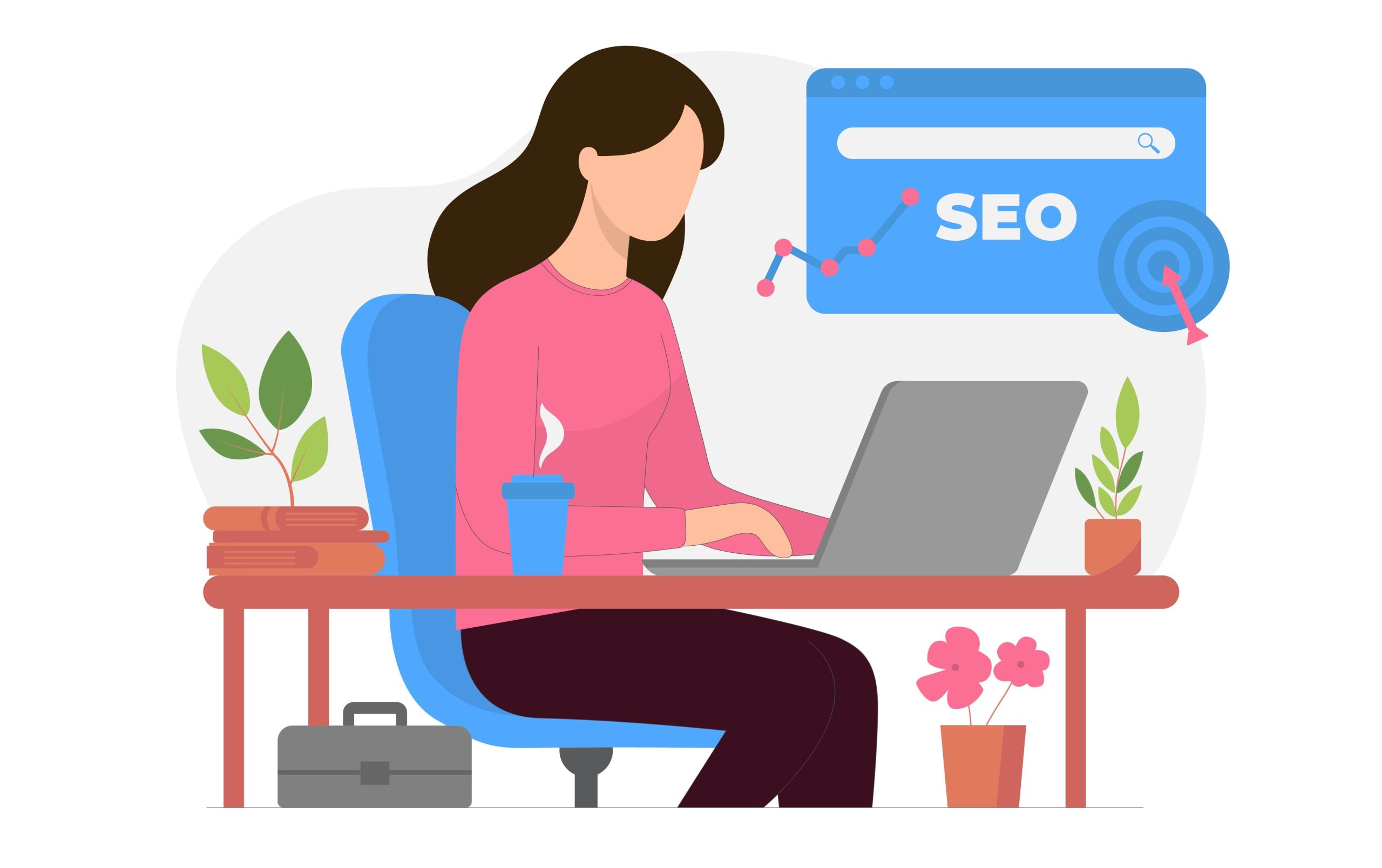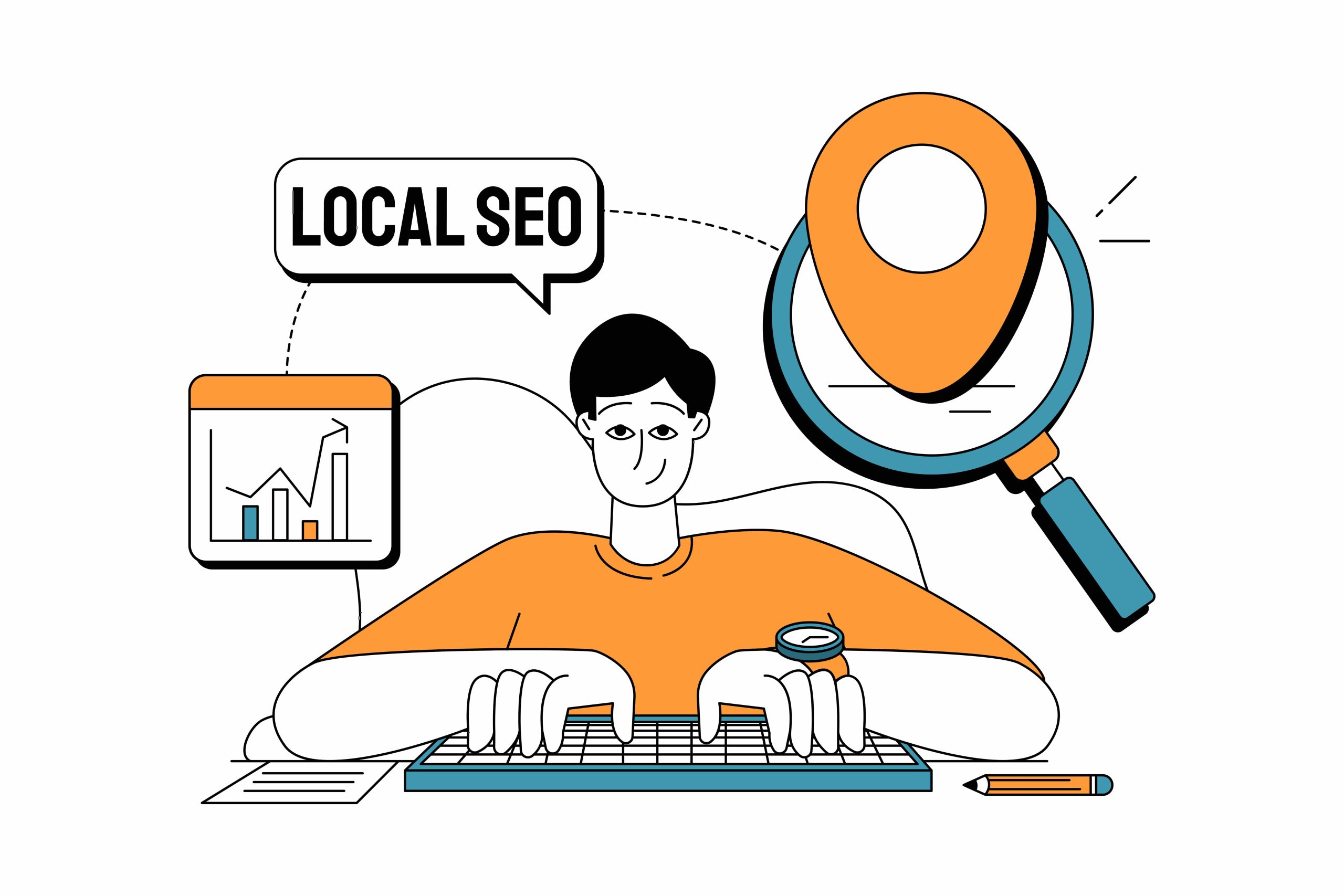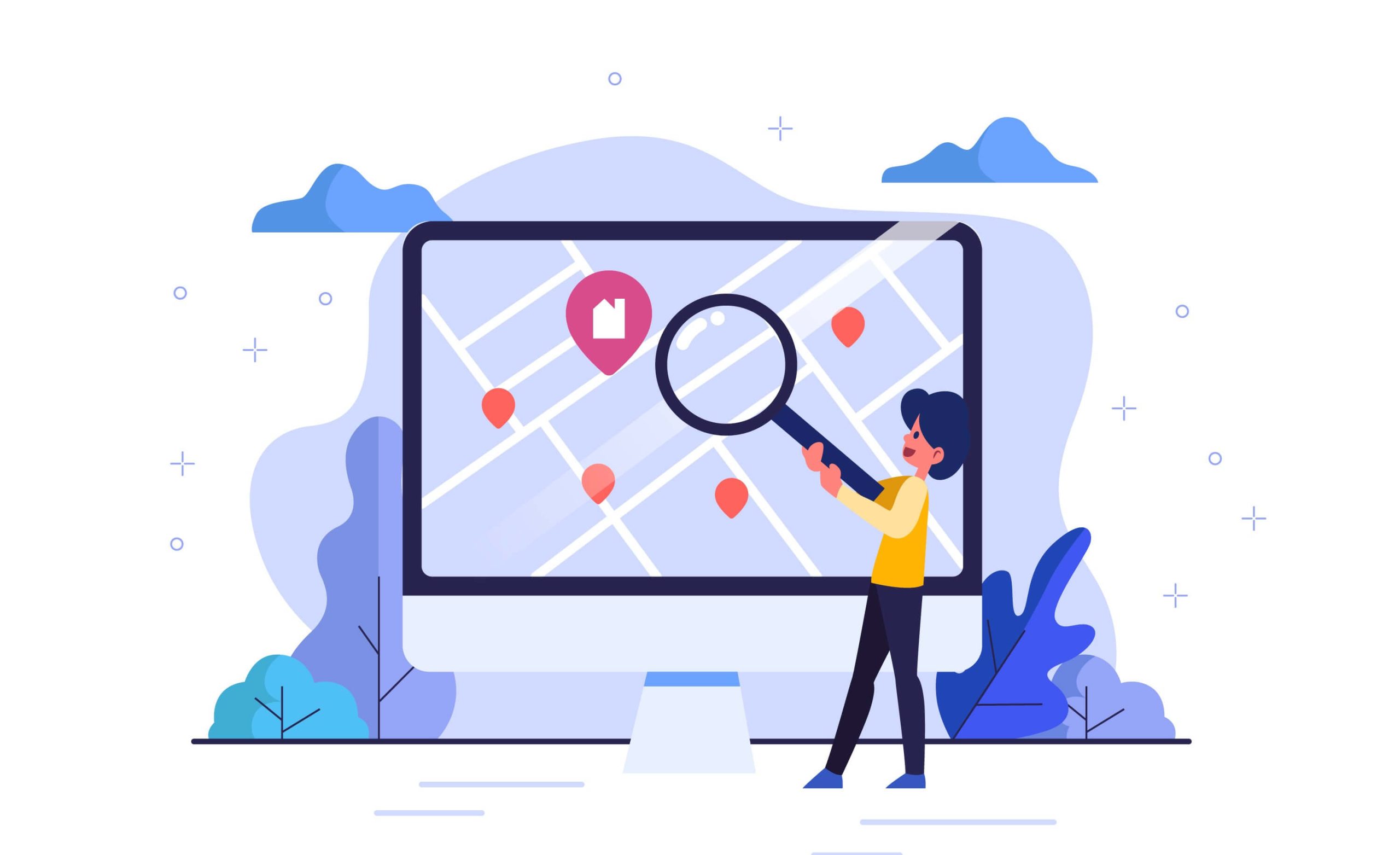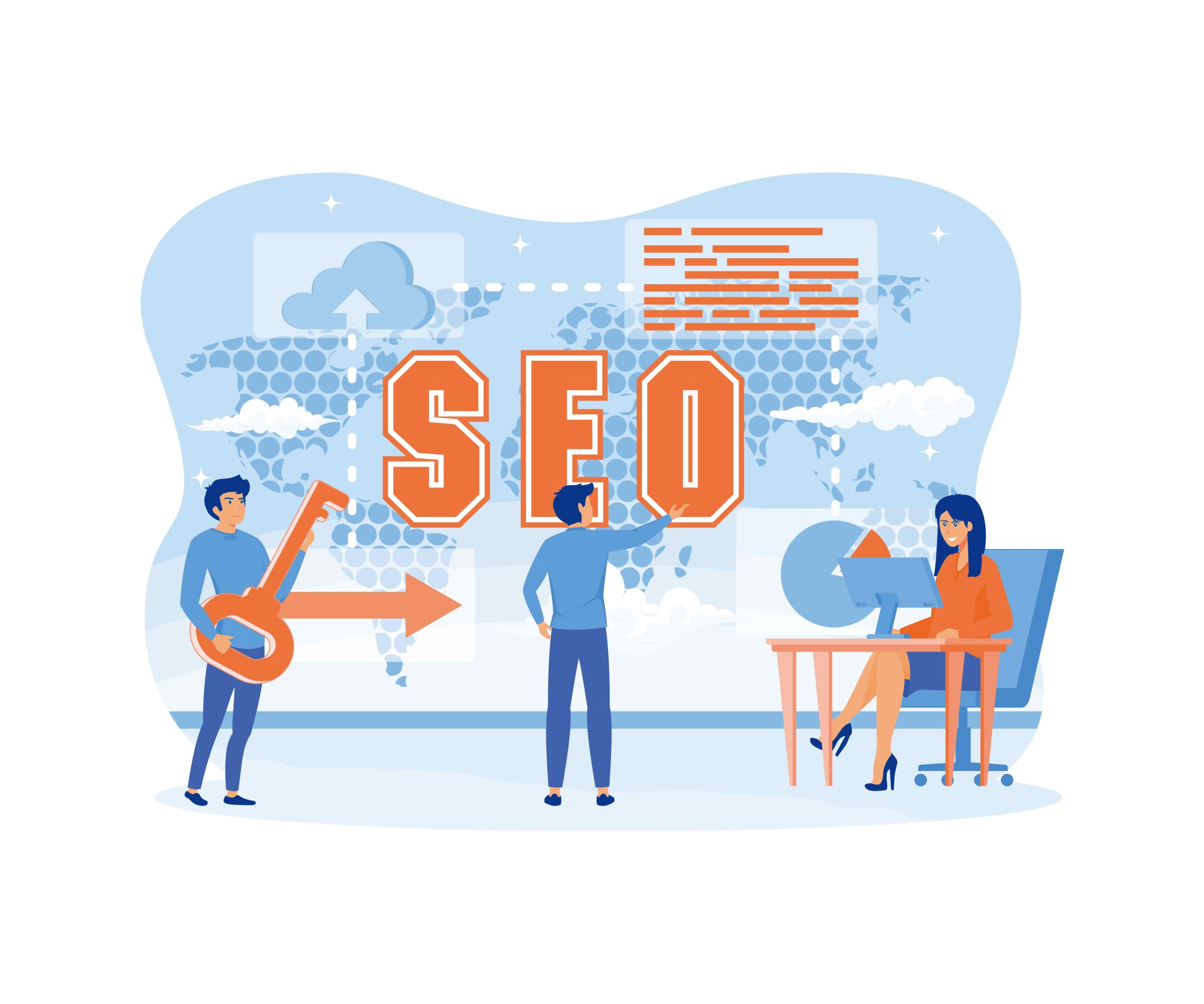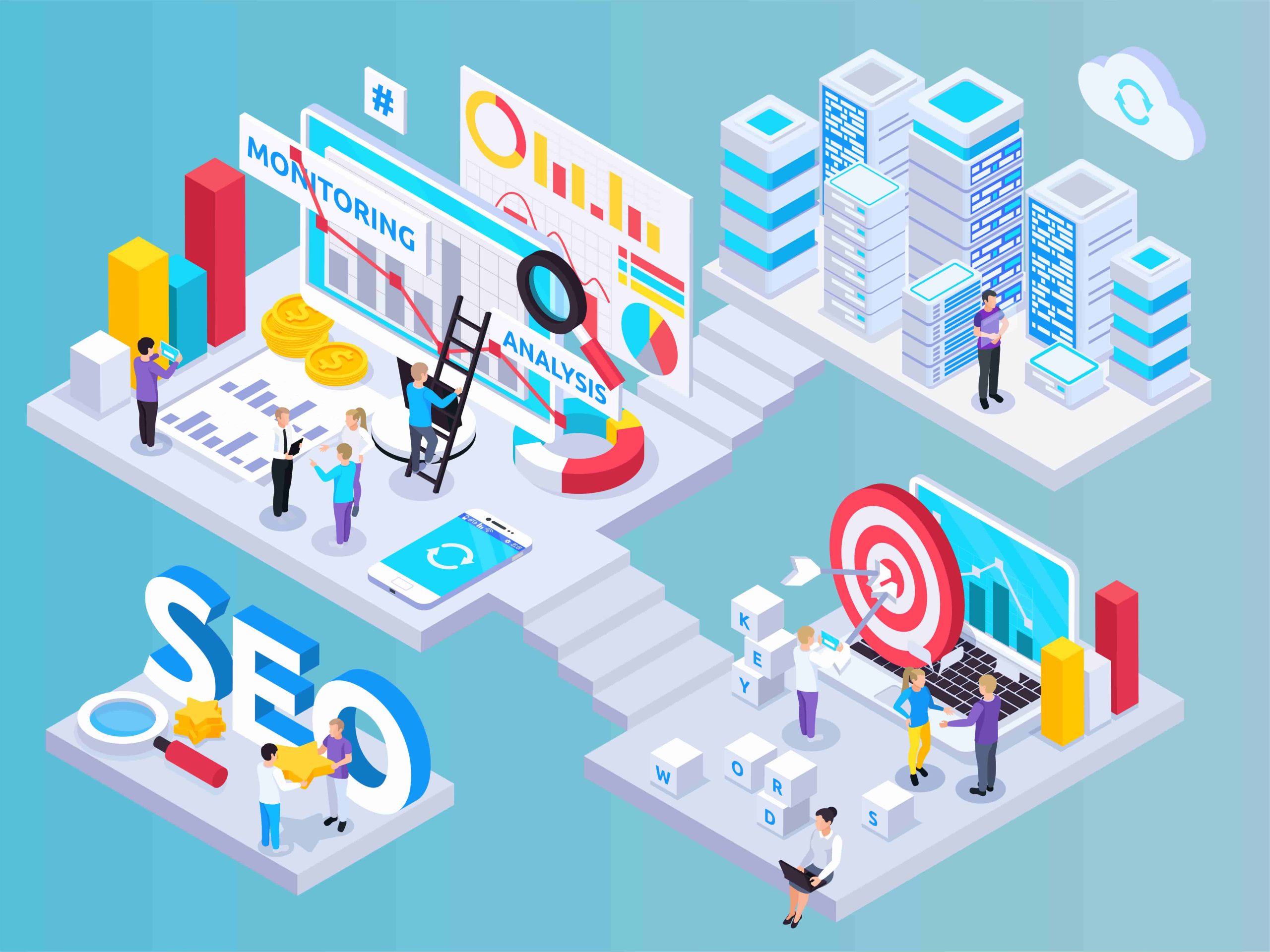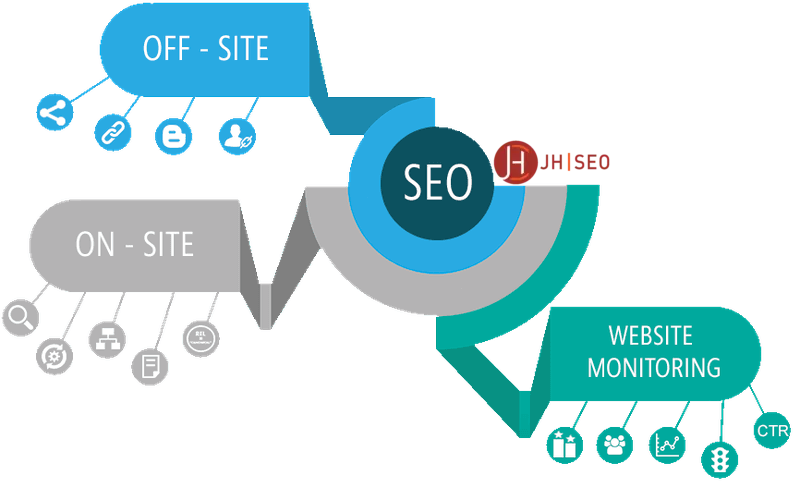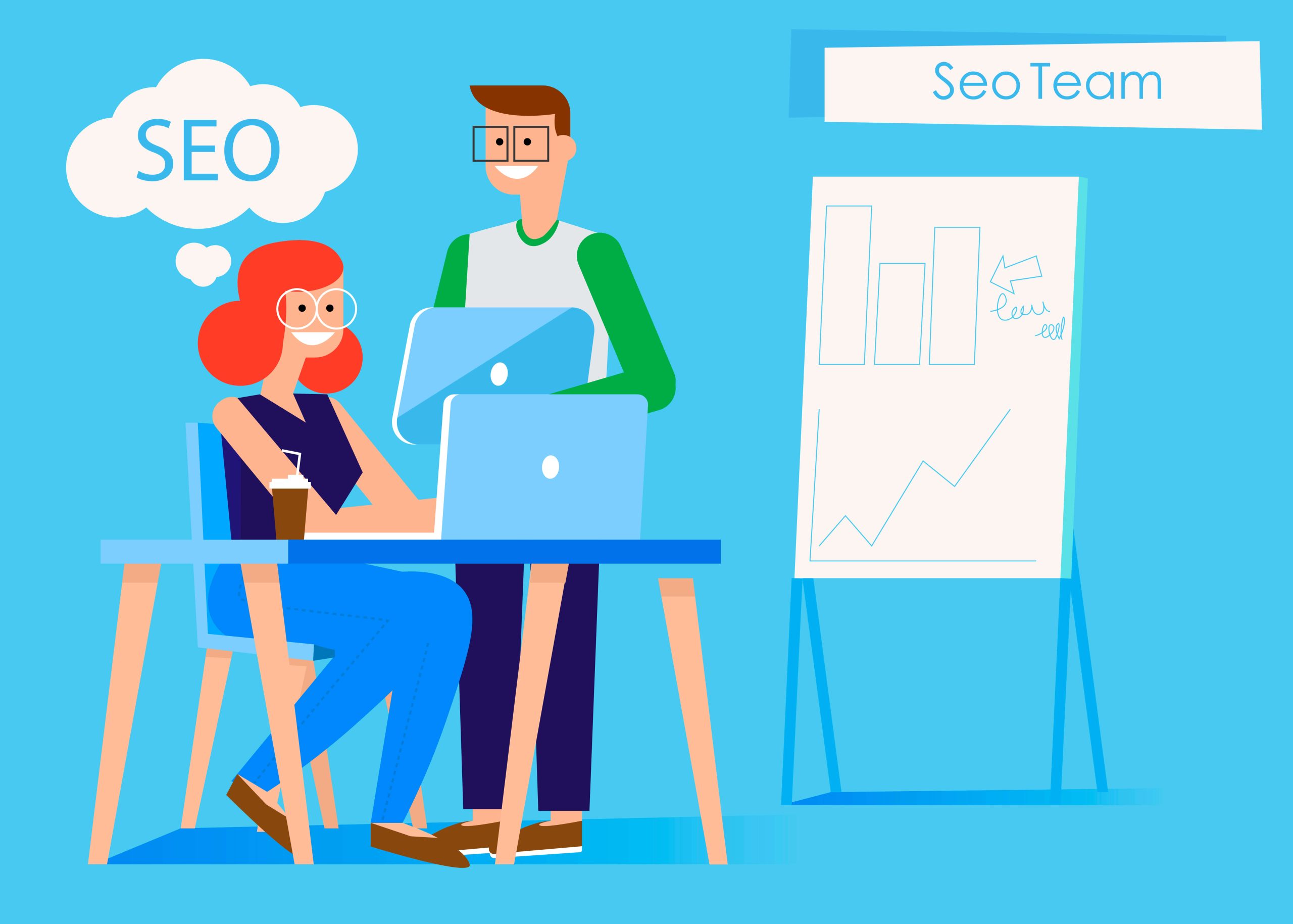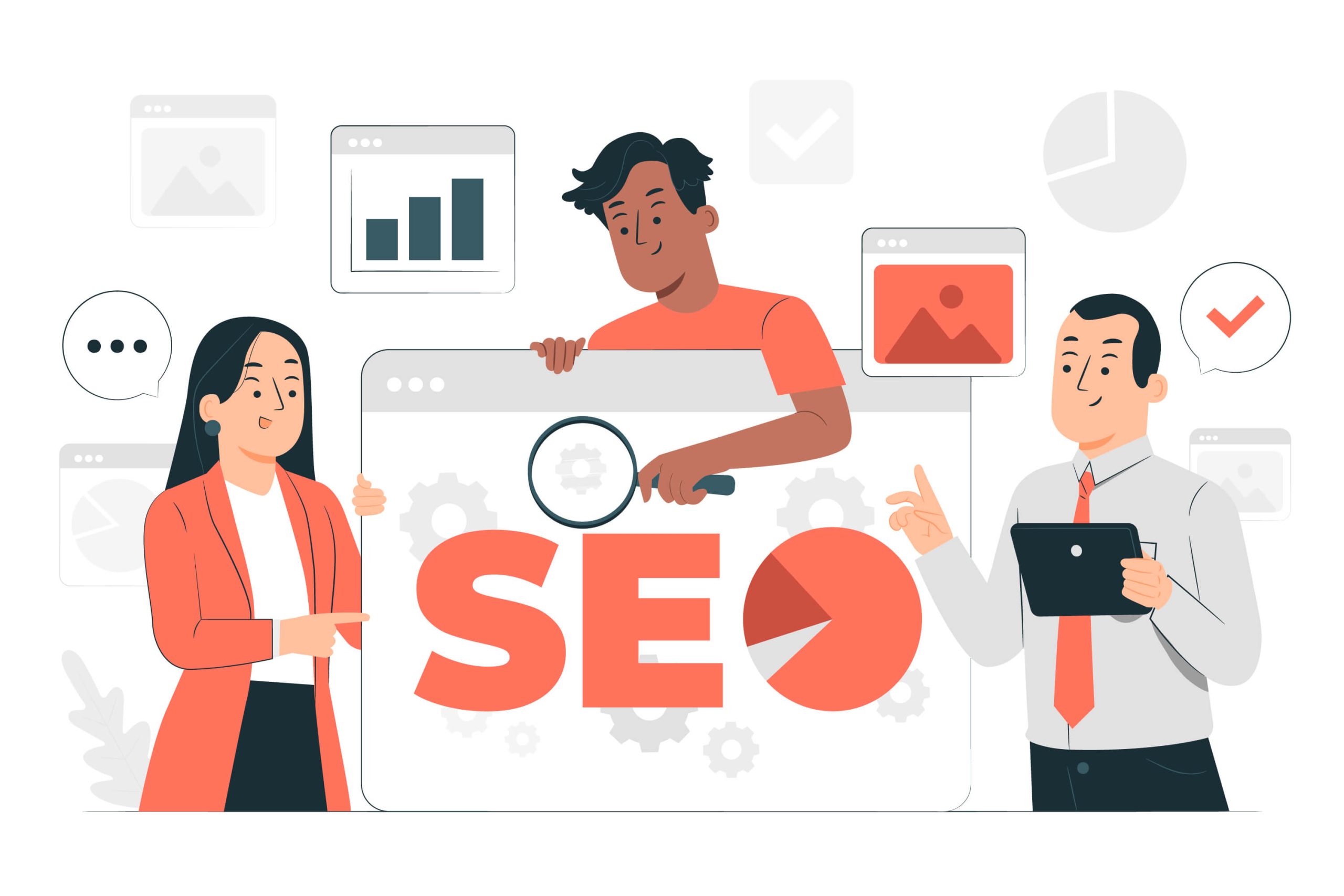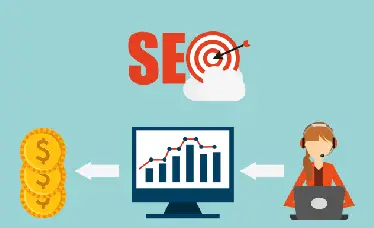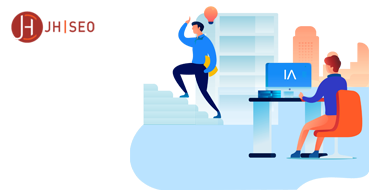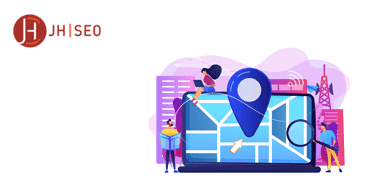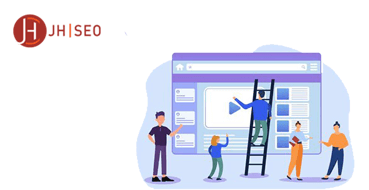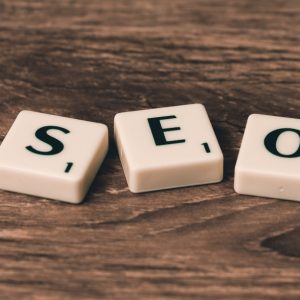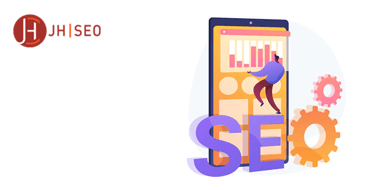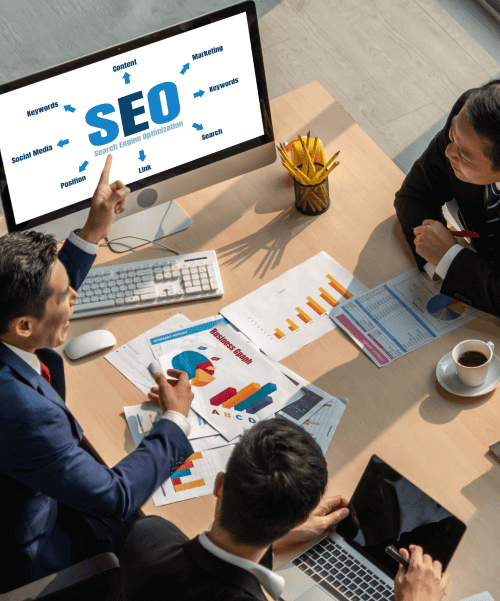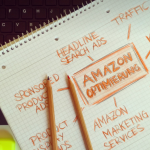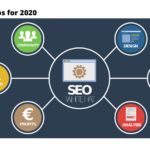In the competitive e-commerce landscape, a well-optimized website is essential for attracting and retaining customers. Technical SEO focuses on the website’s structure, addressing issues like site speed, duplicate content, broken links, and poor site architecture, which can hurt a site’s SEO performance, search engine rankings, and user experience. If these issues aren’t fixed, search engines may struggle to crawl and index the site, reducing visibility.
For e-commerce sites with large product catalogs, technical problems can quickly escalate, negatively impacting both rankings and sales. By proactively fixing issues such as site speed, duplicate content, broken links, and improving internal links, e-commerce websites can enhance user experience and increase their chances of ranking higher in search results.
What Are Search Engines and How Do They Impact E-commerce Websites?
Search engines like Google, Bing, and Yahoo are essential for helping users find products online. For e-commerce sites, understanding how search engines rank pages is crucial for boosting visibility and driving traffic. Search engines consider factors like page speed, content quality, site structure, and how well the site meets user needs when ranking e-commerce websites.
How Search Engines Crawl, Index, and Rank E-commerce Sites
Search engines use crawlers to explore and assess your website’s content, focusing on elements like titles, meta descriptions, images, and internal links. This information is then stored in an index, which helps determine your site’s relevance and quality. To improve rankings, ensure your e-commerce site is easy for crawlers to access and index.
E-commerce sites can be more complex to crawl due to numerous product pages, categories, and filters. Optimizing site speed, and eliminating duplicate content and broken links are crucial for helping search engines understand and accurately rank your site.
Common Search Engine Algorithms and Their Influence on E-commerce SEO
Search engines use complex algorithms to rank websites, with Google’s algorithm being the most widely recognized and influential. These algorithms assess various factors to determine how a page should rank, including:
- Relevance: Content that closely matches user intent and query.
- Quality: Websites that provide a good user experience (e.g., fast load times, mobile-friendliness).
- Trustworthiness: Links from reputable websites and high-quality internal links.
- User Engagement: Low bounce rates, high click-through rates, and user satisfaction.
For e-commerce sites, it’s essential to stay up to date with algorithm updates. Google’s emphasis on site speed, user experience, and the avoidance of duplicate content means that businesses must continuously optimize their technical SEO to ensure they meet search engine standards and maintain their rankings.
By addressing these critical factors, e-commerce sites can improve their visibility in search engine results, drive more traffic, and offer a smoother shopping experience for customers.
What is Technical SEO for E-commerce Websites?
Technical SEO optimizes a website’s technical elements to ensure it is accessible, crawlable, and indexable by search engines. For e-commerce sites, it is especially crucial due to complex structures and large product catalogs. While content SEO is important, technical SEO ensures that backend components support both search engines and user experience.
When done properly, technical SEO improves indexing, site speed, security, and the browsing experience on all devices. Without it, e-commerce sites may face issues like slow load times, broken links, duplicate content, and security concerns, all of which can hurt rankings and sales.
Key Elements of Technical SEO for E-commerce Websites
To improve both search engine visibility and user experience, e-commerce websites should focus on several key elements of technical SEO:
- Site Speed: Fast websites are essential for both SEO and user retention. Search engines favor fast-loading sites, as slow speeds harm user experience. Optimizing images, reducing server response times, and minimizing scripts can boost site speed.
- Mobile Optimization: With a large portion of online shopping happening on mobile, ensuring your e-commerce site is mobile-friendly is crucial. This includes using responsive design, making buttons clickable, and maintaining fast load times on mobile devices.
- Security: Search engines prioritize secure websites, especially those with HTTPS encryption. A secure site not only boosts SEO but also builds trust with customers, particularly during transactions.
- Indexing: Ensuring key pages like product listings and category pages are indexed by search engines is vital. This includes fixing issues like duplicate content that can hinder proper indexing.
Addressing these technical SEO aspects will help e-commerce sites improve rankings, drive more traffic, and enhance sales performance.
Key Technical SEO Issues That Impact E-commerce Rankings
E-commerce websites often face a range of technical SEO issues that can significantly impact their rankings in search engines. These issues not only hinder the effectiveness of your SEO strategy but also degrade the overall user experience, leading to higher bounce rates and lost sales. Below are some of the most common technical SEO issues that e-commerce websites need to address:
Common E-commerce Technical Issues
- Slow Load Times: Site speed impacts both search engine rankings and user experience. E-commerce sites with large images and complex pages often load slowly, leading to higher bounce rates and lower rankings. Fast-loading sites are prioritized by search engines for a better user experience.
- Broken Links: Broken internal or external links prevent search engines from crawling important pages, reducing visibility. They also frustrate users, potentially causing them to leave the site. Fixing broken links improves both SEO and user experience.
- Duplicate Content: Duplicate content can confuse search engines, leading to lower rankings. It also results in a poor user experience by providing redundant information. Ensuring unique content on each page helps prevent these issues.
- Crawl Errors: Crawl errors, like blocked pages or dead-end URLs, prevent search engines from indexing key pages. This can hinder ranking, especially for e-commerce sites with many pages. Fixing crawl errors ensures proper indexing and better visibility in search results.
How These Issues Hurt Rankings and User Experience
Each of these common technical SEO issues can have a detrimental effect on both your search engine rankings and your website’s user experience:
- Slow Load Times: Google and other search engines reward fast websites because they enhance user experience. Slow sites lead to frustrated customers who are likely to leave before making a purchase. This results in higher bounce rates and lower engagement, both of which negatively impact SEO rankings.
- Broken Links: When users encounter broken links, they can quickly become frustrated and leave the site. Search engines may also fail to index important pages, hurting your visibility in search results. These issues make it difficult for visitors to navigate your site, directly impacting the user experience and leading to lower rankings.
- Duplicate Content: If search engines detect duplicate content, they may reduce your rankings or even penalize your site. This happens because search engines want to provide users with unique and relevant content. Duplicate content confuses the indexing process and can result in lower organic visibility for your pages. For users, seeing the same content multiple times can make the site feel redundant and frustrating.
- Crawl Errors: When crawl errors occur, search engines might fail to index some of your product pages, categories, or other key content, reducing their ability to rank these pages in search results. For users, if certain pages aren’t properly indexed, they might not be able to find important products or content, leading to a poor user experience.
By identifying and addressing these technical SEO issues, e-commerce websites can improve both their search rankings and user experience, ultimately driving more traffic and sales. Regular audits and updates are essential to ensure that these common issues do not persist, helping your site remain competitive in search engine results.
How to Build an Effective SEO Strategy for E-commerce Websites
Building an effective SEO strategy for e-commerce websites requires a holistic approach that addresses technical, on-page, and off-page factors. The goal is to create a seamless experience for both search engines and users, ensuring that your site ranks well and provides an excellent user experience. Here’s how to develop a comprehensive SEO strategy that will improve your website’s performance in search results and enhance the shopping experience for visitors.
The Core Components of an E-commerce SEO Strategy
An effective e-commerce SEO strategy is made up of several core components, each playing a crucial role in ensuring your website is visible to search engines and appealing to users. The key elements include:
- Technical SEO: Ensure that your website’s technical aspects, such as site speed, mobile optimization, secure browsing, and crawlability, are fully optimized. Address issues like broken links and duplicate content to help search engines crawl and index your site more effectively.
- On-Page SEO: On-page elements such as product descriptions, title tags, meta descriptions, and image alt text should be optimized with relevant keywords. Properly structured internal links between product pages, category pages, and blog content help both search engines and users navigate the site. Well-organized and keyword-rich on-page content improves both rankings and user experience.
- Off-Page SEO: Building backlinks from authoritative websites can help boost your site’s credibility in the eyes of search engines. Engaging in social media marketing, partnerships, and influencer collaborations can also drive traffic to your site, improving its visibility and authority.
- User Experience (UX): UX plays a central role in your SEO strategy. A website that loads quickly, is easy to navigate and provides a smooth checkout process leads to higher user satisfaction. This results in better engagement and ultimately better rankings in search engines.
Integrating Technical SEO with On-Page and Off-Page Strategies
To maximize your e-commerce SEO efforts, it’s essential to integrate technical SEO with on-page and off-page strategies. Each element supports and enhances the others:
- Technical SEO ensures that search engines can crawl, index, and rank your pages effectively. Optimizing site speed and addressing issues like duplicate content or broken links lays a strong foundation for both on-page and off-page SEO efforts.
- On-page SEO builds on the technical structure by ensuring that your content is relevant, keyword-optimized, and accessible to search engines. Using internal links to guide users and search engines through the site increases visibility and ensures that important pages rank well.
- Off-page SEO, such as link-building efforts, complements both technical and on-page strategies by enhancing your site’s authority and increasing its chances of ranking for competitive search terms. High-quality backlinks signal to search engines that your site is trustworthy, and when combined with well-optimized technical and on-page elements, it can propel your site to higher rankings.
Continuous Monitoring and Adjustments to Your SEO Strategy
SEO is not a one-time task; it requires continuous monitoring and adjustments to stay competitive. Regular audits help ensure that your e-commerce website remains optimized and free of technical SEO issues that could hurt rankings.
- Site Speed Monitoring: Regularly check and improve site speed to ensure that load times remain fast. Search engines prioritize fast-loading websites, and improving site speed can result in better rankings and enhanced user experience.
- Addressing Broken Links and Crawl Errors: Routinely check for broken links and crawl errors that could prevent search engines from indexing your pages. Tools like Google Search Console can help you identify and fix these issues to maintain the health of your website.
- Review Duplicate Content: Check for duplicate content and resolve issues through canonical tags or by consolidating similar content. This ensures search engines don’t penalize your site for redundant content and helps you maintain a clean and organized site structure.
- Keyword Tracking and Adjustments: Regularly review your keyword rankings and update your content to target emerging trends or optimize for underperforming keywords. Adjusting your on-page SEO based on these insights can keep your e-commerce site competitive.
By continuously monitoring your SEO efforts, addressing emerging issues, and refining your strategy based on analytics, you can ensure your e-commerce site remains optimized for both search engines and user experience, driving sustainable growth over time.
Internal Links: How They Improve E-commerce SEO and User Experience
Internal links play a crucial role in both search engine optimization (SEO) and user experience on e-commerce websites. These links connect various pages within your site, allowing both search engines and users to easily navigate your content. Proper internal linking not only enhances the SEO of your website but also ensures a smoother and more intuitive browsing experience for your customers.
The Importance of Internal Linking for SEO
Internal linking is essential for technical SEO because it helps search engines crawl and index your site more efficiently. Without well-structured internal links, some of your pages might remain inaccessible to crawlers, resulting in those pages not being indexed or ranked. This can prevent important product pages or category listings from appearing in local search engines’ results. Additionally, internal links help distribute link equity (or “link juice”) across your site, improving the chances of high-ranking pages influencing the rankings of other related pages.
Key benefits of internal links for SEO include:
- Improved Crawlability: Search engines rely on internal links to discover and index content on your site. If you have deep product categories or pages that are not linked internally, search engines may not find them, limiting their visibility.
- Enhanced Page Authority: Distributing internal links to important pages can increase their page authority, boosting their chances of ranking higher in search engines.
Best Practices for Internal Linking on E-commerce Sites
To make the most of internal linking, it’s important to follow best practices that enhance both SEO and the user experience. Here are some key strategies to implement:
- Link to Important Pages: Focus on linking to high-value pages such as top-selling products, category pages, and special promotions. These pages are vital to your business, so make sure they receive sufficient link equity.
- Use Descriptive Anchor Text: The anchor text of an internal link should clearly describe the linked page’s content. This helps both search engines and users understand what the linked page is about. For example, instead of using generic phrases like “click here,” use relevant keywords like “buy running shoes.”
- Limit the Number of Links Per Page: While internal links are helpful, overloading a page with too many links can reduce their effectiveness and hurt user experience. Keep the number of links on each page manageable to ensure they are useful and intuitive.
- Link to Relevant Content: Ensure that the pages you link to are contextually relevant to the content on the current page. For instance, linking from a specific product to related items or accessories can encourage users to explore more and make additional purchases.
How Internal Links Help Users Navigate and Search Engines Crawl Your Site
Internal links not only guide search engines but also help users navigate your website more effectively, improving user experience. A well-structured internal linking strategy ensures that visitors can easily find related products, services, or information, leading to a more satisfying browsing experience.
- Navigation and Usability: By including internal links to related products, categories, and resources, you create a natural flow for users, encouraging them to explore more pages. This reduces bounce rates and increases the likelihood of conversion, as customers are more likely to find what they’re looking for.
- Improved Site Structure: Internal links help organize your website’s structure, making it easier for both search engines and users to understand. For example, linking from product pages to related category pages or from blog posts to product listings creates a logical hierarchy that enhances overall site usability and search engine optimization.
- Better User Engagement: When users can easily navigate to relevant content, it improves engagement, leading to longer time on site and lower bounce rates. This is a positive signal for search engines, as they interpret it as an indication that your website provides valuable and relevant content.
By using internal links strategically, you can improve your e-commerce site’s SEO, enhance user experience, and guide both search engines and visitors to important content. This not only helps your website rank better but also drives more traffic and sales by offering an intuitive and seamless shopping experience.
Fixing Common E-commerce Technical SEO Problems: Step-by-Step Guide
E-commerce websites often face a range of technical SEO issues that can hinder performance and rankings in search engines. Problems like slow page loads, broken links, and duplicate content are common, and fixing them is essential for improving both SEO and user experience. This step-by-step guide outlines the actions needed to resolve these issues and keep your site optimized for both search engines and your visitors.
Step-by-Step Actions to Fix Slow Page Loads, Broken Links, and Other Technical Issues
Fixing Slow Page Loads:
- Optimize Images: Large images are one of the main culprits of slow load times. Compress image sizes without sacrificing quality to improve site speed.
- Minimize HTTP Requests: Reduce the number of elements (such as scripts, images, and stylesheets) that need to be loaded on each page. This can significantly speed up the page load time.
- Leverage Browser Caching: Enable browser caching so that returning visitors can load pages faster by storing static resources locally on their devices.
- Use a Content Delivery Network (CDN): Distribute your content across multiple servers around the world to improve load times, particularly for international visitors.
- Optimize CSS, JavaScript, and HTML: Minify CSS, JavaScript, and HTML files to reduce their size and improve loading times.
Fixing Broken Links:
- Identify Broken Links: Use tools like Google Search Console or Screaming Frog to scan your website for broken links (both internal and external).
- Redirect or Fix Links: Once broken links are identified, fix them by either correcting the URLs, removing the links, or setting up 301 redirects if necessary.
- Monitor for New Broken Links: Regularly check your site to ensure that new broken links don’t appear as you add new content or pages.
Fixing Duplicate Content:
- Canonical Tags: Use canonical tags to indicate the preferred version of a page with similar or identical content. This helps search engines understand which version should be ranked.
- Avoid Creating Duplicate Pages: Ensure that your CMS or platform doesn’t automatically create duplicate pages (such as multiple product URLs for the same item). Consolidate these pages or set up redirects.
- Check for Content Duplication Across Sites: If you have multiple e-commerce sites or content syndicated across platforms, make sure that content isn’t duplicated across them.
Tools and Resources to Help Identify and Fix SEO Problems
There are a variety of tools and resources available that can help you identify and fix common technical SEO issues, improving both your search engine rankings and user experience:
- Google Search Console: This free tool from Google provides detailed insights into your site’s crawlability, indexing, and overall performance in search engines. It highlights issues like broken links, crawl errors, and duplicate content.
- Screaming Frog SEO Spider: A powerful tool for crawling your site, Screaming Frog helps identify technical SEO issues such as broken links, missing meta tags, duplicate content, and poor site architecture.
- GTmetrix: This tool helps you analyze your site’s site speed and provides actionable recommendations to improve load times. GTmetrix provides a comprehensive breakdown of your site’s performance and areas for improvement.
- Ahrefs or SEMrush: Both of these platforms offer comprehensive SEO audits, identifying on-page, off-page, and technical SEO issues that can impact rankings. They also offer tools for tracking backlinks and analyzing site traffic.
- Google PageSpeed Insights: This tool focuses specifically on site speed, providing insights into how well your site performs on both mobile and desktop devices, as well as specific recommendations for improvement.
Regular Maintenance to Ensure Your Site Remains SEO-Friendly
Technical SEO is not a one-time fix. Regular maintenance is necessary to ensure that your e-commerce site continues to perform well in search engines and provides a great user experience. Here are some tips for ongoing site maintenance:
- Perform Regular SEO Audits: Schedule quarterly or monthly SEO audits to check for any broken links, duplicate content, or crawl errors that might have emerged as you’ve added new content.
- Monitor Site Speed: Use tools like GTmetrix or Google PageSpeed Insights to regularly monitor and optimize site speed. Ensure that new features or pages don’t negatively impact load times.
- Check for New Duplicate Content: As your product catalog grows, regularly check for any new duplicate content issues, particularly if you’re importing product descriptions or using similar templates.
- Review Mobile Optimization: With mobile shopping on the rise, ensure that your site remains fully optimized for mobile devices. Regularly test mobile functionality to ensure a smooth user experience across devices.
- Update Security Features: Security is important for both SEO and user experience. Make sure your site remains secure by updating SSL certificates and ensuring HTTPS is enabled site-wide.
By regularly monitoring your website’s technical SEO and addressing issues promptly, you ensure that your e-commerce site remains competitive, user-friendly, and optimized for search engines. Regular maintenance helps prevent potential issues from escalating, leading to a better overall experience for both users and search engines.
Staying on top of technical SEO is key to long-term e-commerce success. Regularly optimizing site speed, and internal links, and managing duplicate content and broken links improves user experience and search engine visibility. A proactive approach ensures effective crawling, indexing, and ranking while providing a smooth shopping experience. Regular audits and staying updated with SEO best practices help maintain a competitive edge and drive growth.


